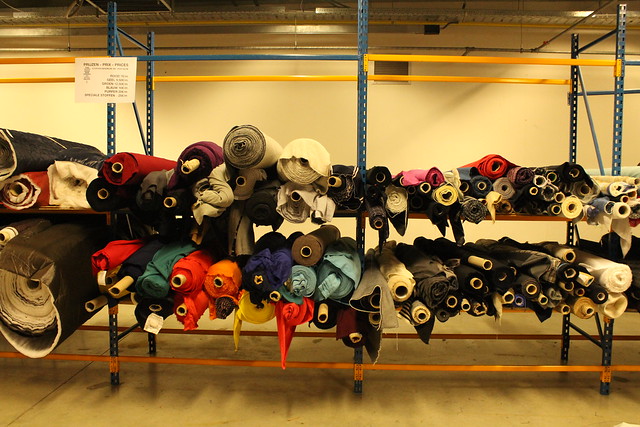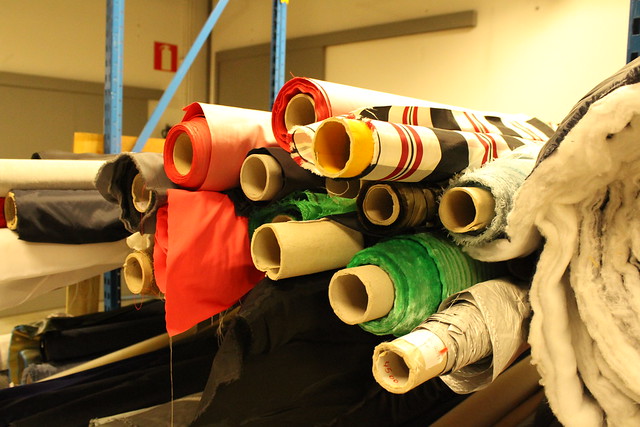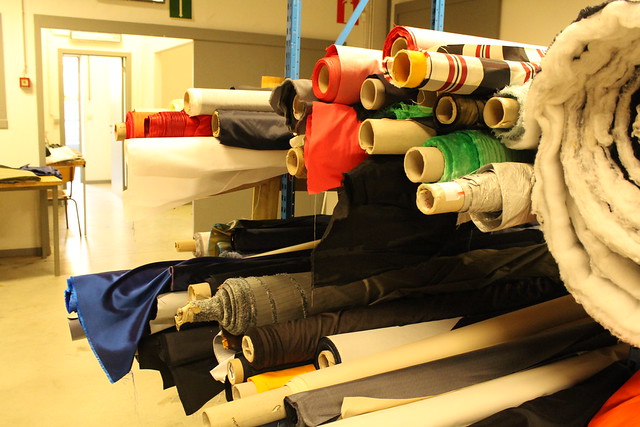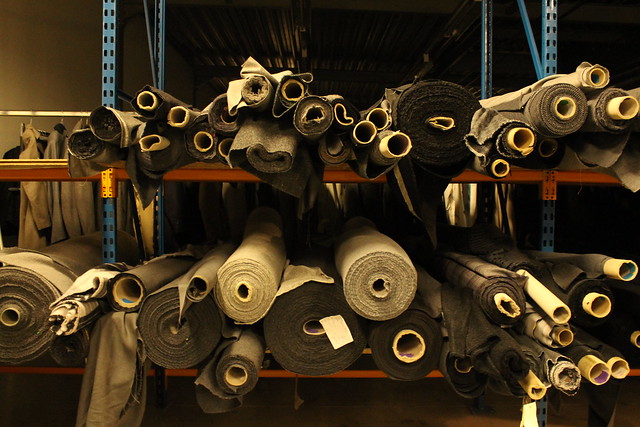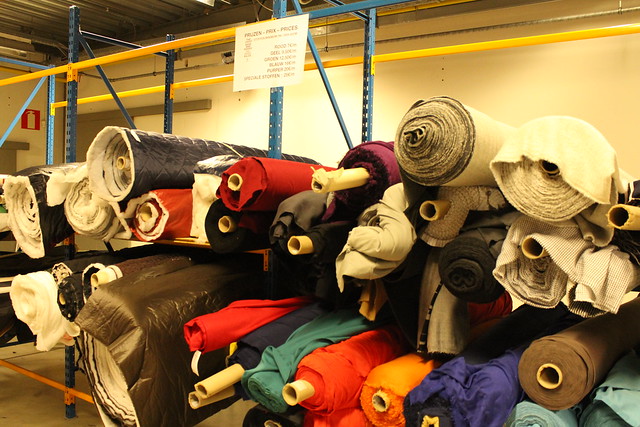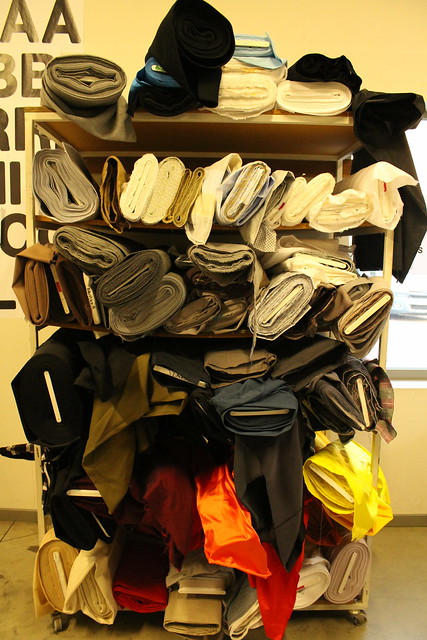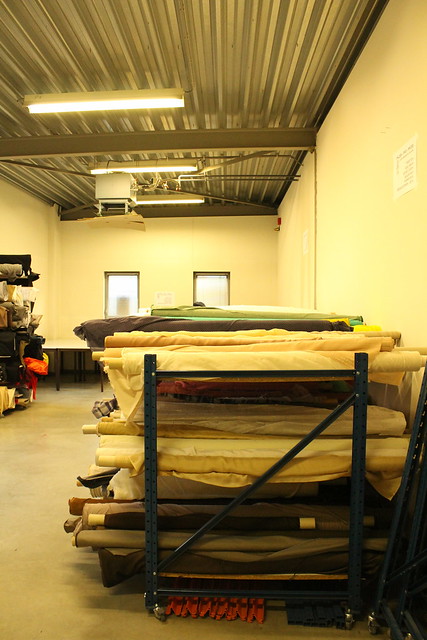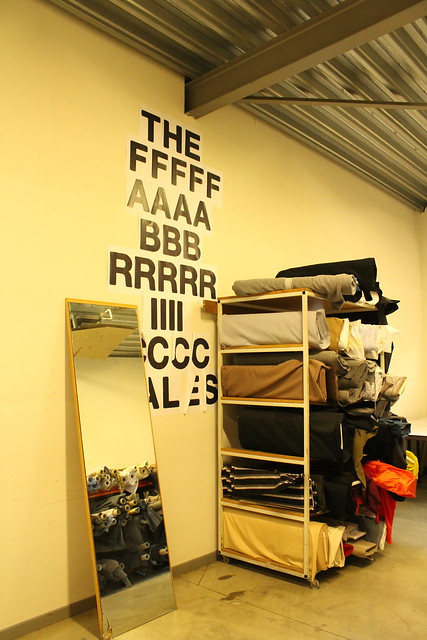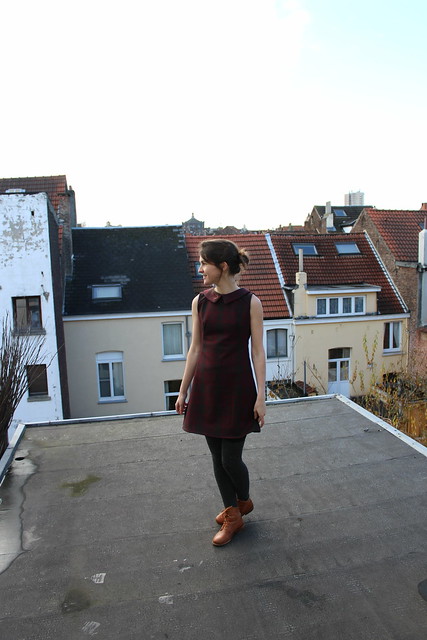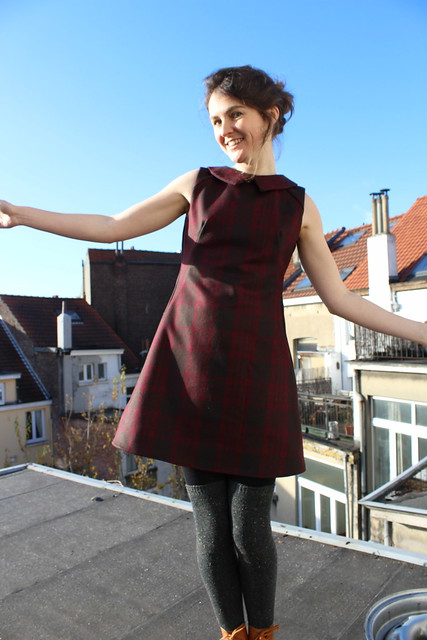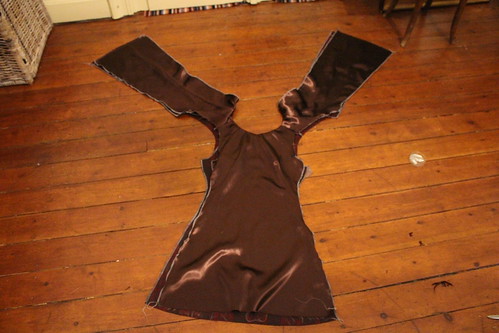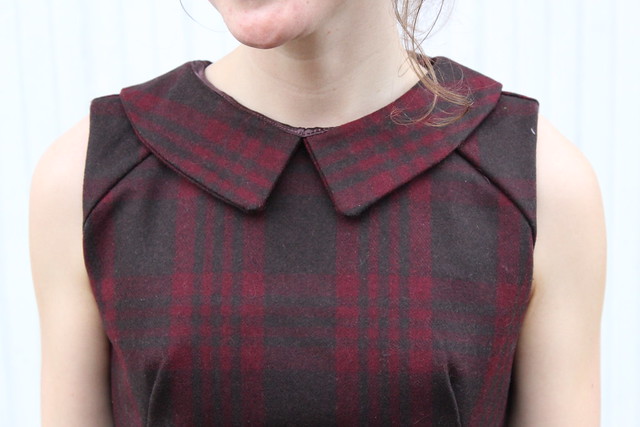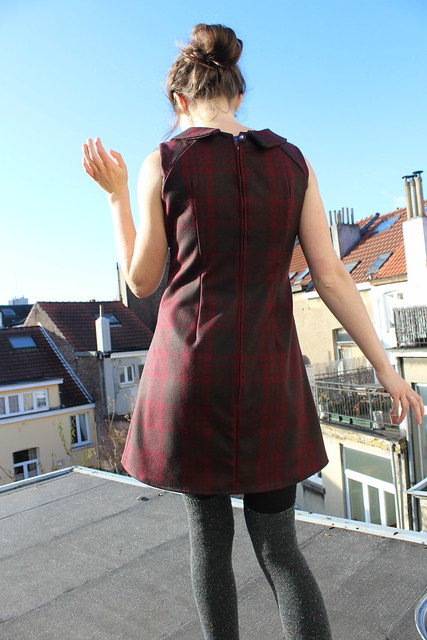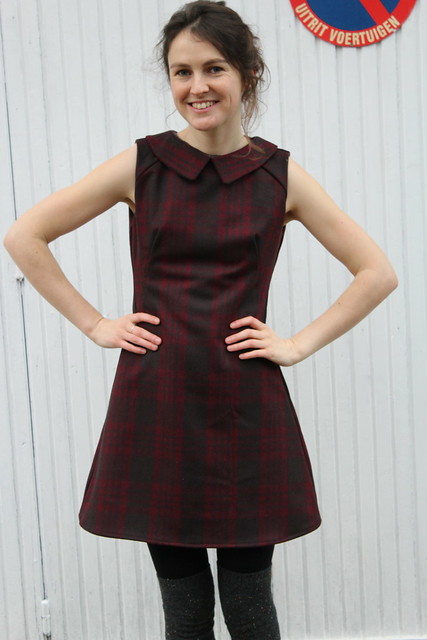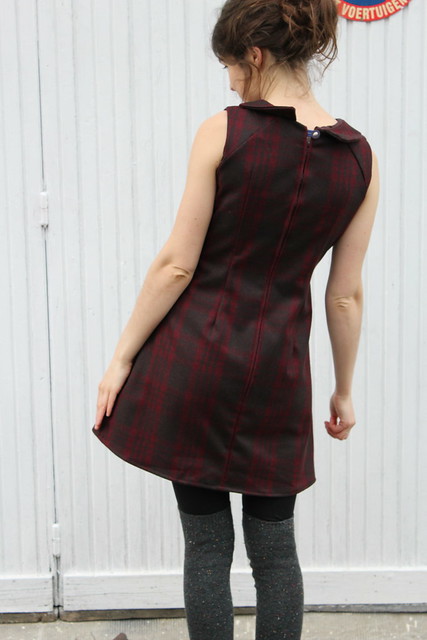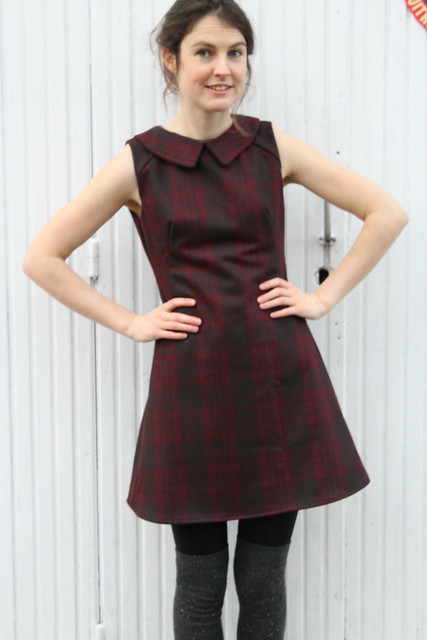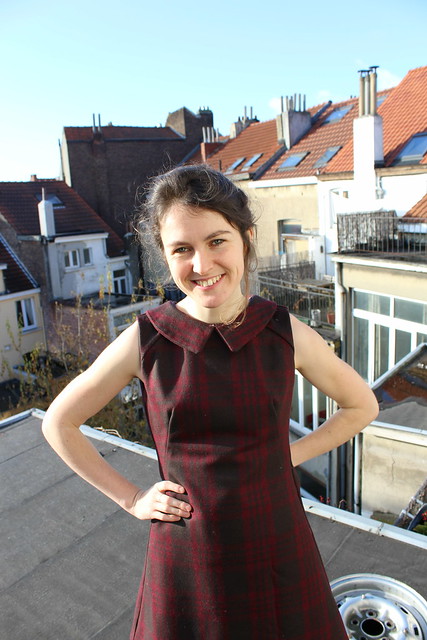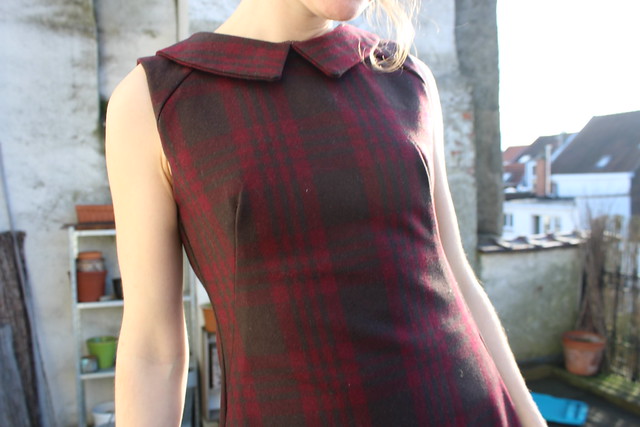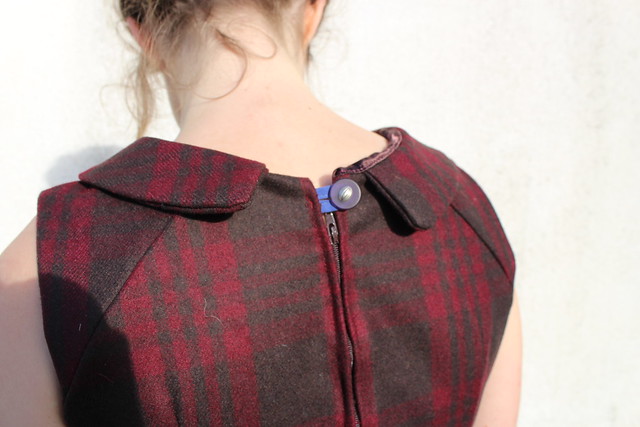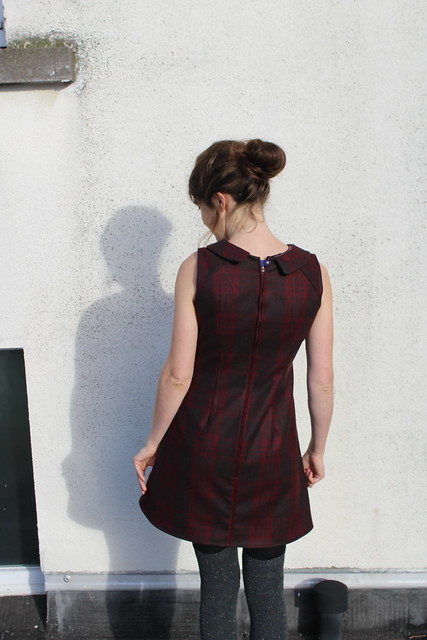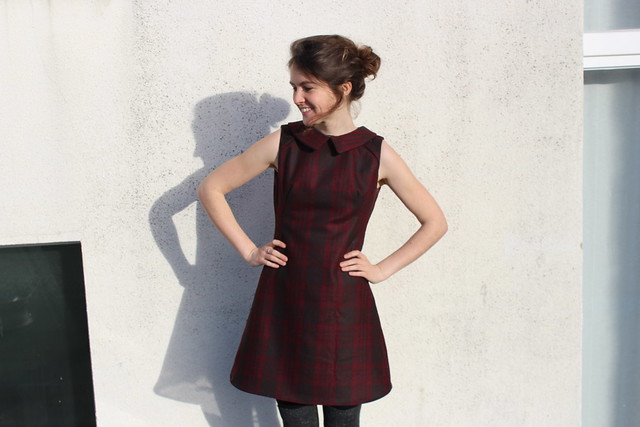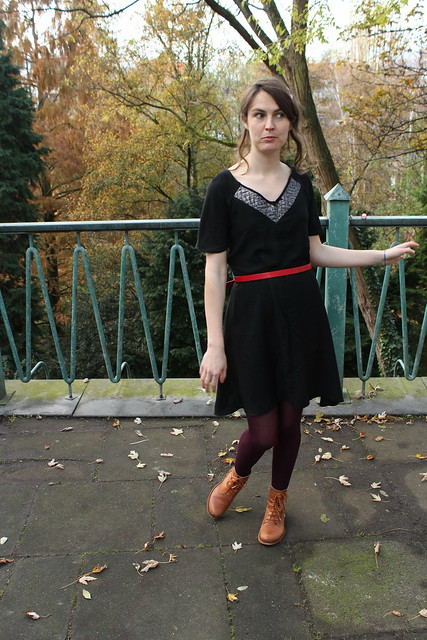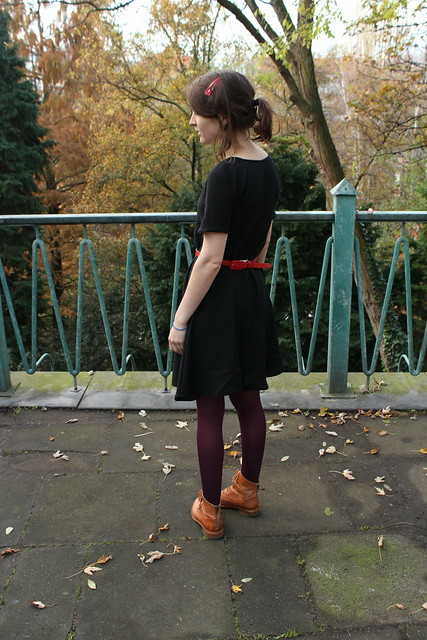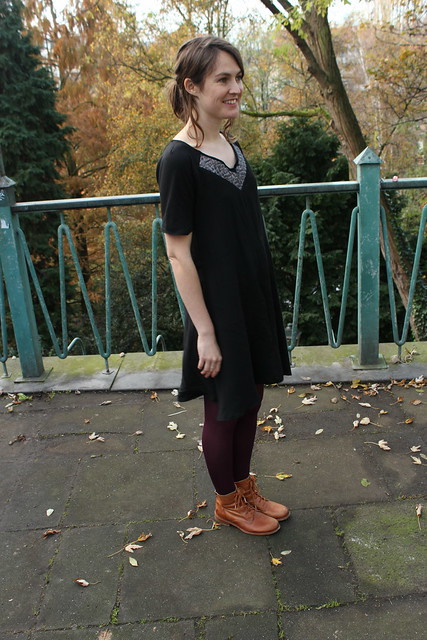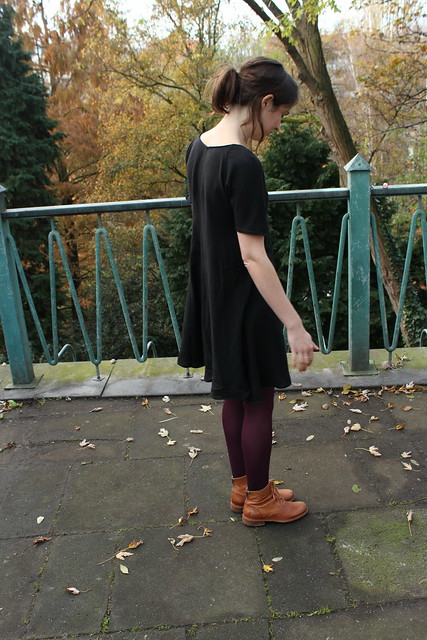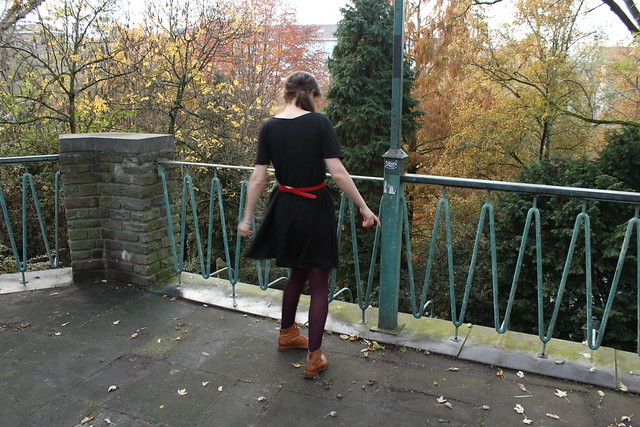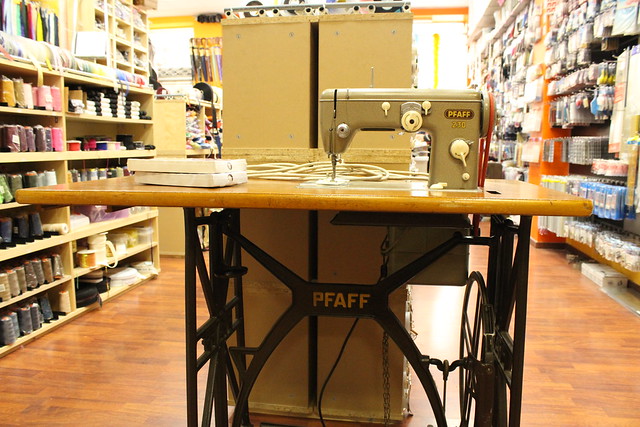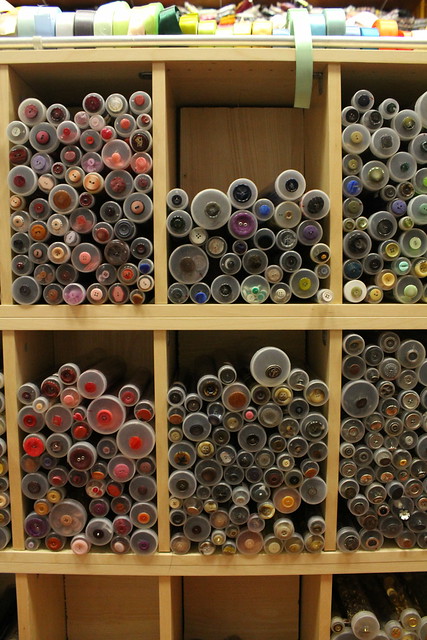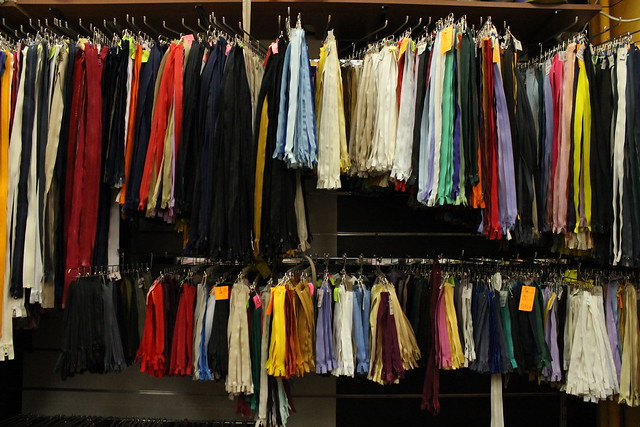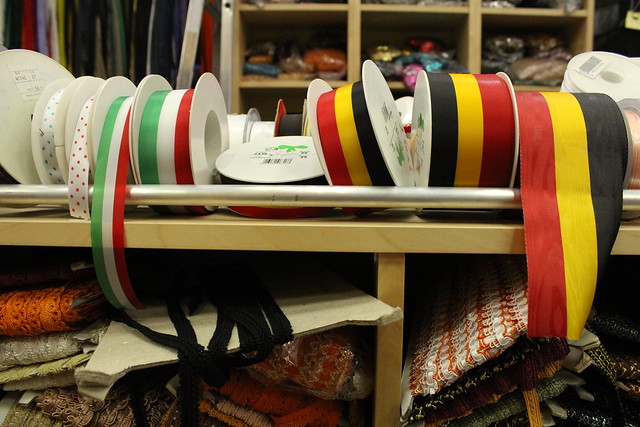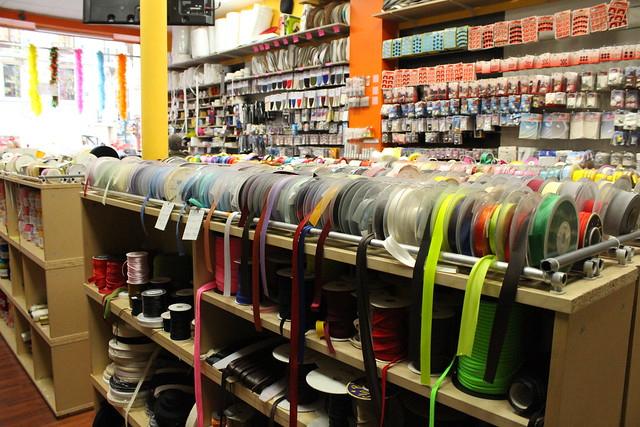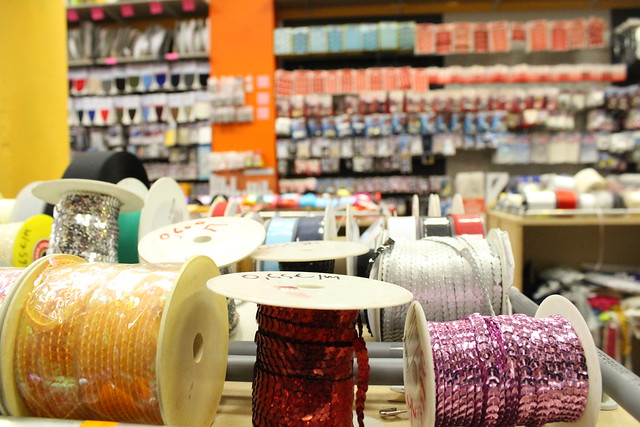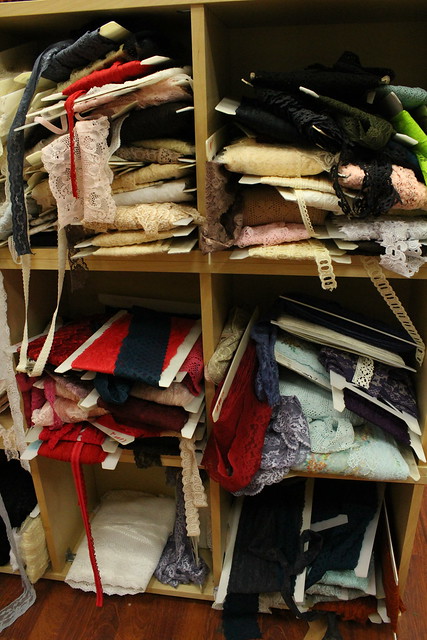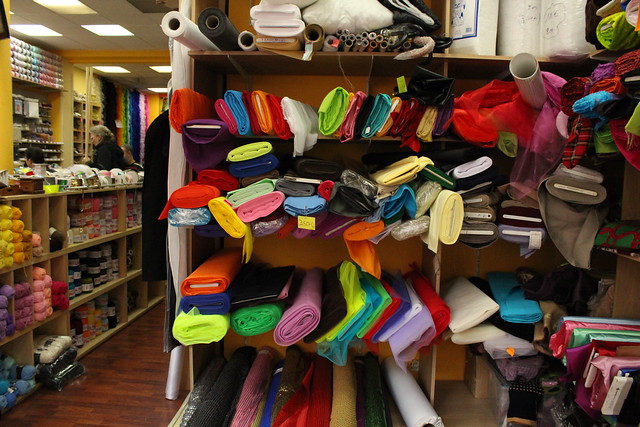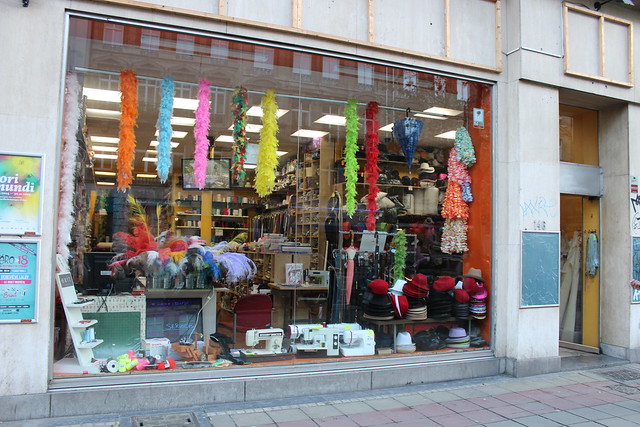
Did you know that metres upon metres of fabric await in a 350m2 warehouse space on an industrial estate in Rostelaar, just outside Leuven?
Neither a shop, nor a
market, the Fabric Sales is
more ephemeral than that – it's a stock sale that takes place 3
days a month, just 10 months of the year. The concept is simple: the
fabrics on sale are overstock from renowned Belgian designers sold on
to both those working in the fashion industry themselves and people
like me who enjoy making their own clothes, at affordable
prices.
The range of fabrics on offer when I went in November was impressive. I came away with some grey thick knit and some ribbed black jersey – both were fabric overstock from Belgian designer Raf Simons.
The range of fabrics on offer when I went in November was impressive. I came away with some grey thick knit and some ribbed black jersey – both were fabric overstock from Belgian designer Raf Simons.
The Fabric Sales is run
by Allison McGreal, whom I met last month when I took my maiden
voyage to Rostelaar. She was really lovely and took the time to
explain this unique fabric stock sale concept to me, as well as give
me some useful food-for-thought on various topics.
It was really
fascinating to hear about her visions and ideas for The Fabric Sales
- especially as she is not from a 'home sewing' background, her
experience comes from a more fashion/business perspective. I'm really
interested in where the worlds of home sewing and fashion meet: where
does one become the other and how do they intersect?
Allison spoke of how she wants The Fabric Sales to be one part of a network that would link up professionals, students, and amateurs at both the local and international level within the fashion industry. For example, if a designer was looking for a pattern cutter they could turn to a database to find out the contact details of people in the local area who have those skills. This kind of 'joining-the-dots' strategy would both help create jobs and support designers starting out.
What inspired the Fabric Sales was the amount of textile waste in the fashion industry. It's really shocking that for many companies it is actually cheaper to throw out excess fabric than to manage selling it on. And we're not talking about scraps here - we're talking about bolts of high quality fabric.
Allison spoke of how she wants The Fabric Sales to be one part of a network that would link up professionals, students, and amateurs at both the local and international level within the fashion industry. For example, if a designer was looking for a pattern cutter they could turn to a database to find out the contact details of people in the local area who have those skills. This kind of 'joining-the-dots' strategy would both help create jobs and support designers starting out.
What inspired the Fabric Sales was the amount of textile waste in the fashion industry. It's really shocking that for many companies it is actually cheaper to throw out excess fabric than to manage selling it on. And we're not talking about scraps here - we're talking about bolts of high quality fabric.
But while The Fabric
Sales was born out of a reaction to this pro-waste industry model you
won't see any nods to 'green living' in its marketing strategy –
what I gathered from talking to Allison is that The Fabric Sales is
not trying to specifically appeal to the so-called 'ethical' consumer
– rather, Allison wants this kind of approach to textile waste to
be the norm and not the niche.
Finally, what I liked
about buying overstock 'designer' fabric is that it is quite
democratising – just like our home makes, a very expensive piece
of clothing also started life on a fabric bolt.
There is a special Christmas Fabric Sales this Sunday (14th December) from 11h to 17h.
If you are coming from Brussels and don't have a car (like me!) take a train to Leuven and then a De Lijn bus (number 333, 334, or 335) to Rotselaar (get off at the stop Rotselaar Rotonde). From here it is a 10-minute walk.
Full address:
WINGEPARK
3110 ROTSELAAR
TEGENOVER N°18
http://thefabricsales.com/
There is a special Christmas Fabric Sales this Sunday (14th December) from 11h to 17h.
If you are coming from Brussels and don't have a car (like me!) take a train to Leuven and then a De Lijn bus (number 333, 334, or 335) to Rotselaar (get off at the stop Rotselaar Rotonde). From here it is a 10-minute walk.
Full address:
WINGEPARK
3110 ROTSELAAR
TEGENOVER N°18

